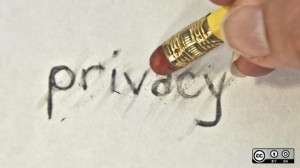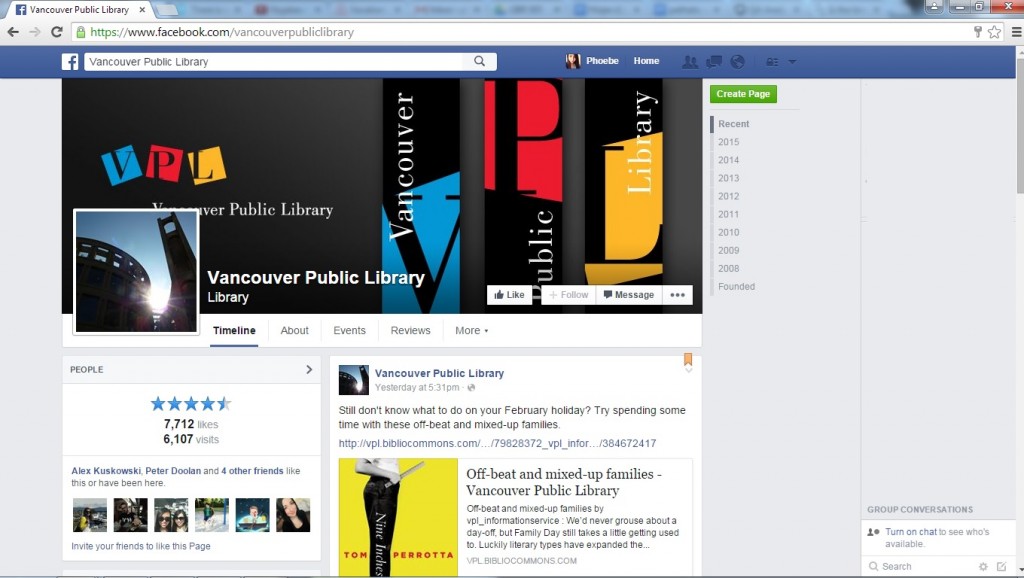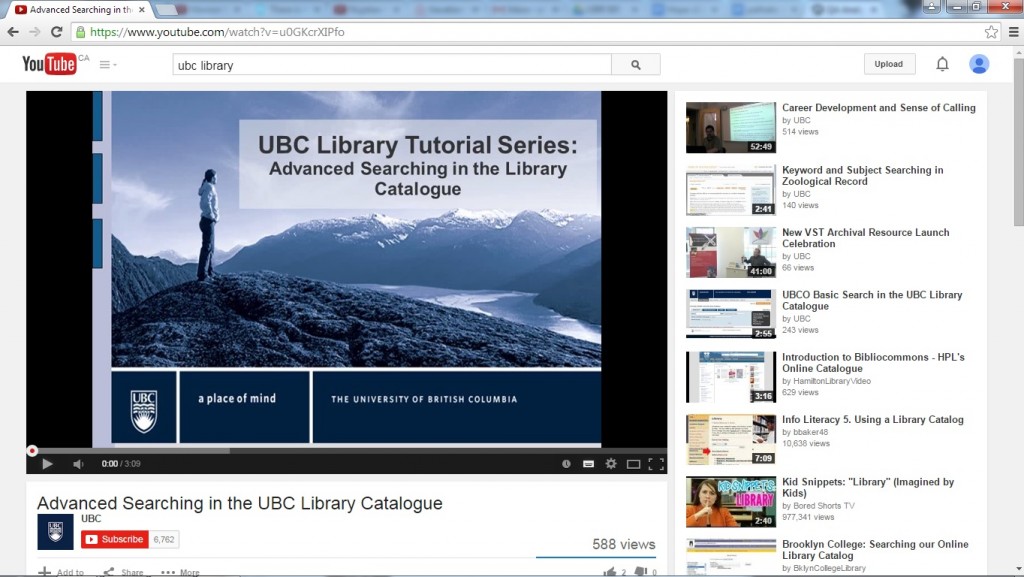This post encourages the support of personal learning environments over structured work focusing on the end result, in order to also promote the use of library services during the research process.
What is a personal learning environment?

Image of ‘looking into’ research. Taken from http://pixabay.com/en/research-find-loupe-search-390297/. [Creative Commons licensed].
Benefits of a PLE:
The following lists the main benefits of PLEs, though additional benefits can be found here.
- helps with creating learning environments that are tailored to the learners
- focuses on encouraging innovation
- emphasizes the value of the learning process than the finished product
Problems in the Real World Application:
One of the issues that I have noticed with personal learning environments does not simply arise from the educator’s responsibility but also because of the lack of responsiveness to new ways of doing assignments. There have been instances in which professors have tried to create a more flexible research assignment that did not require specific guidelines.

Image of confused student. Taken from https://www.flickr.com/photos/83633410@N07/7658298768/. [Creative Commons licensed].
Questions: What other ways can educators try to use personal learning environments for helping others learn? What can be done to help students become more receptive to person learning environments if they are not used to it?

 Follow
Follow





